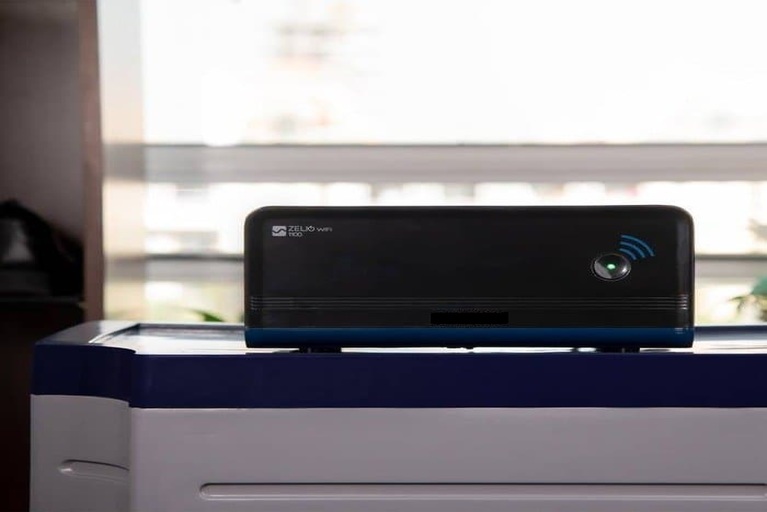
Power is a basic need for every electronic gadget for its operation. And in most of the gadgets power supply is taken as an AC power (110 to 220 volts) input. As we know that most houses have a power inverter to provide power to home appliances during the absence main power supply (AC power). We are here to understand about the household inverters. But before going to the household inverters, we need to know about DC and AC power.
What are DC and AC power?
Direct current or DC was developed by Thomas Alva Edison. In this current charge carriers (electrons) moves in one direction that’s why it is also known as unidirectional current. DC current flows through conducting material like wire and also flows through the semiconductors. A battery is the best example of a DC power source. Every electronic appliance uses DC power.
Alternating current or AC was developed by great scientist Nikola Tesla. In the AC power supply, the direction of the charge carriers (electrons) or current changes with respect to time. AC power is widely used because it is easy to distribute from one point to another point with fewer losses.
What is the household inverter?
An inverter is an important part of the Indian household. It is much easier to connect and use than a generator and ensures that you have a power backup in case of a mains power cut. Now a day’s household inverters are becoming a basic element of life. At present time household inverters also come with wireless connectivity like Bluetooth and Wi-Fi to provide better control on it.
A household inverter converts 12 volt DC power to standard household main power (110 to 220 volts AC power.), which allows you to run AC electrical types of equipment like Television, Computers, Fan and more. Also, the household inverter works as a battery charger during the availability of the main power supply.
Units in household inverter:
A household inverter has made of using different electronic components like counter IC’s, timer IC’s, MOSFET (Metal Oxide Semiconductor Field Effect Transistor), and much more. Here we are going to understand important internal units of household inverters:
- Circuit board
- Transformer
- Indicator panel
- Cooling fan
Circuit board:
This circuit works in two ways. In the presence of the main power supply, it works as a voltage regulator circuit that regulates stepped down main power to charge the battery. During the absence of the main power supply, the circuit board generates AC voltage (or AC power) by using the DC voltage of the battery. And this AC voltage feeds to the transformer to perform further action. At present time due to technological advancement, most of the circuit boards are coming with better components and circuit design.
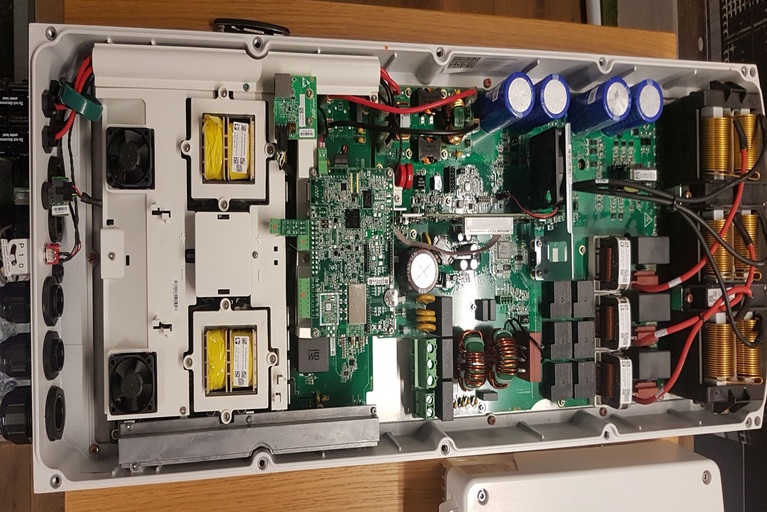
Circuit board of household inverter
In the initial days, these circuit boards were contained bulky transistors and several heat sinks. These models are not efficient and their transistors have the least life and poor performance. Also, the output of the circuit was not pure sinusoidal (A good AC supply is in pure sinusoidal form).
But after the introduction of MOSFETs in the electronic era, circuit board behavior got changed. MOSFET’s are much reliable and powerful as compare to those transistors. Also, continuous changes have been made in circuit board design to improve the load handling capacity of household inverters.
At present time few manufactures are also providing wireless control to inverters. To achieve these functionalities Bluetooth board or Wi-Fi card has also been attached with circuit boards.
Transformer:
It is a device that works on the principle of mutual induction. Mutual induction between the two coiled is defined as the property of the coil due to which it opposes the change of current in the neighboring coil. If you want to learn more about mutual induction then click here.

Transformers in inverter
Based on their operation two types of transformers are being used when dealing with power supply. One is known as the step-up transformer and the second is the step-down transformer. Household inverter contains only one transformer. It works as a step-down transformer when the inverter works as a battery charger (a kind of full-wave rectifier). And it also works as a step-up transformer during the absence of the main power supply.
In every household inverter transformer works as a core element to provide a better and efficient power supply.
Indicator panel:
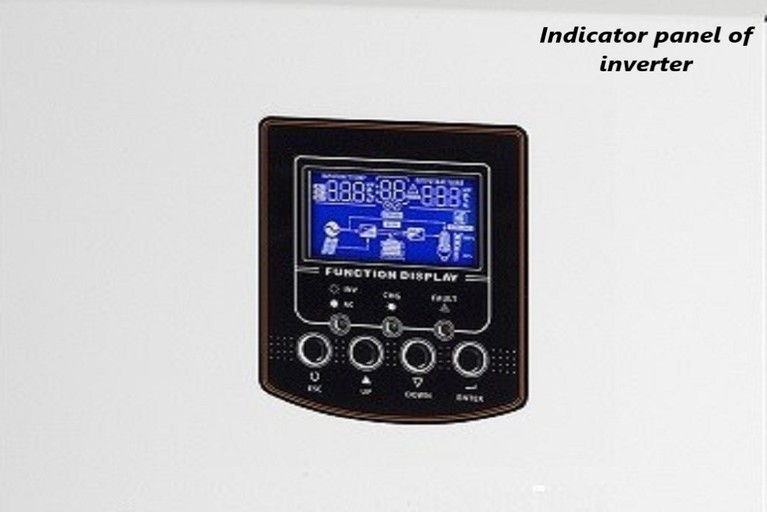
Indicator panel of inverter
The indicator panel is responsible to display battery charging and discharging states. Earlier indicator panels were contained different color LEDs to display the battery and inverter states.
But now many inverter manufactures are using LCD to present the battery charging level, inverter output loads, inverter backup time, and many other values. This unit has a single PCB that contains an LCD, push-buttons, few IC’s and other components.
Cooling fan:
It is a DC fan that sucks the hot air from the inverter and dissipates it into the outer atmosphere. We can say that it is a mini exhaust fan for inverters. The cooling fan is an important part of household inverters.
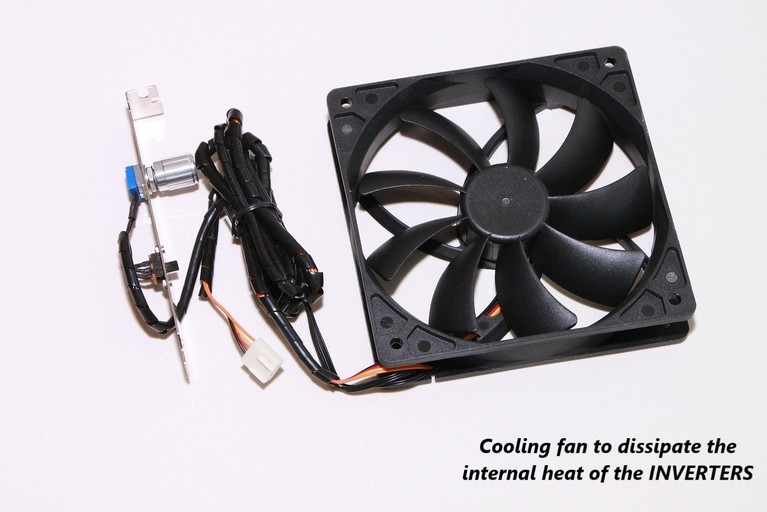
Cooling fan
If the cooling fan is not working properly then the overall performance of the inverter gets reduced. Why it is happening? If you are thinking that it is because of heat generated by MOSFETs, then you are on the right way. During its operation MOSFETs generate a good amount of heat and proper heat sinks have attached to absorb the generated head. But in the end, this absorbed heat is being transferred to the air. That’s how a cooling fan helps to remove the generated heat by solid-state devices (i.e. MOSFETs, SCR’s, etc.).
Limitations of household inverter:
Many household inverters have below limitations or disadvantages:
Shortened back up time:
Shortened backup time can either be because of too much power consumption or the battery is not fully charged up. To resolve this issue we need to reduce loads of inverters.
Alarm beeping continuously:
A household inverter alarm beeps due to overload, or a stuck cooling fan. When the cooling fan got stuck then generated heat within MOSFET’s (present on circuit board) would not able to dissipate properly. And that causes the reduction in the overall performance of the inverter.
Thanks for reading. See you soon with another exploration!

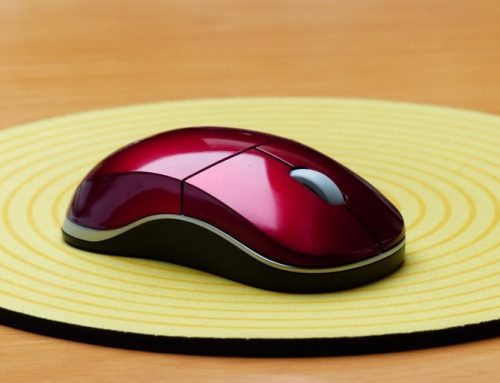

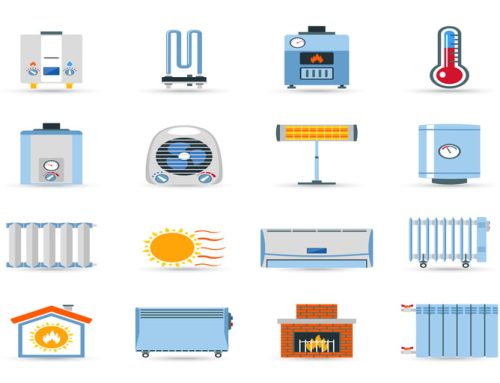
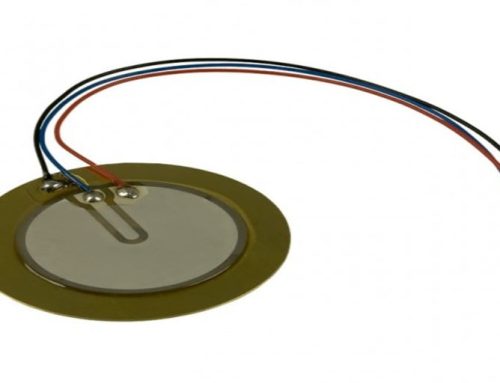

[…] and small as a computer system. In the upcoming days improved model of the fuel cell will replace household inverters for power generation. Fuel cells are also being used with superconducting coils in space […]